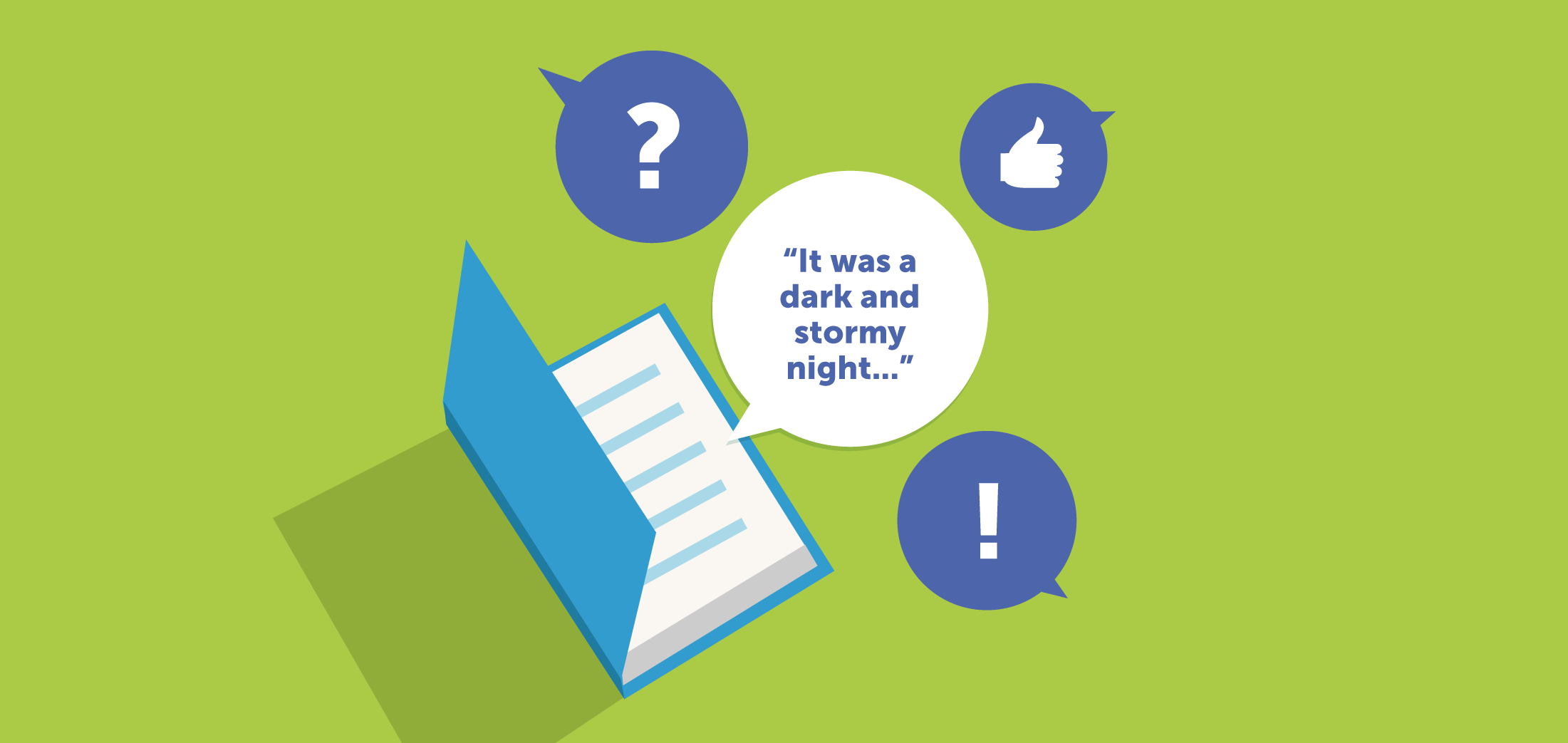
By James S. Kim
I have general and specific recommendations for practice. There’s a shared consensus among researchers that the “Big Five” skills identified by the National Reading Panel in 2000 are all critical to effective reading and to understanding complex texts. These skills include:
Children who are poor decoders likely need assistance building the first two skills. I’ll talk about phonemic awareness first. To help a struggling first grader decode new and unfamiliar words, teachers can help students recognize that the word “cat” has 3 unique speech sounds /c/ /a/ /t/. A teacher might ask students to identify each phoneme (i.e., speech sound), or the two speech sounds /c/ /a/ when the third is removed. Teachers might also play rhyming games (e.g., “does sun rhyme with fun?”).
It’s important to note that phonemic awareness instruction may involve no instruction with letters or letter-sound correspondence. That’s because the main goal is to help students manipulate the speech sounds in words and to grasp the idea that print can be converted to speech (i.e., the definition of decoding). Effective instruction in phonemic awareness builds a strong foundation for helping students become skilled decoders.
But systematically teaching students that specific letters correspond to sounds is also necessary to build decoding skills. You might start by teaching common short sounds (s, m, d, p, a), then moving to consonant blends (ch) and long vowels with a silent e. It’s also critical to monitor your students’ progress using data. Beginning, middle, and end-of-year assessments, such as MClass, can help you understand if, for example, students could benefit from instruction to break down complex, multi-syllabic words (e.g., “disappeared”) into smaller units of meaning (e.g., the prefix “dis”, the root “appear,” the suffix “ed”).
But while effective word reading is necessary to improve reading comprehension on a summative assessment, it is not sufficient. Since this question is concerned with poor decoders, I think it’s important to give students opportunities to engage with complex texts. One strategy to try is reading aloud complex texts, and then asking both text-dependent questions and more open-ended questions that don’t have a single correct answer. Because children’s listening comprehension exceeds their reading comprehension until about eighth grade, most children can understand more by listening than by reading. As a result, reading aloud complex texts is a valuable way to build the background knowledge needed to do well on a summative test.
This answer was developed in partnership with Usable Knowledge at the Harvard Graduate School of Education.

I have general and specific recommendations for practice. There’s a shared consensus among researchers that the “Big Five” skills identified by the National Reading Panel in 2000 are all critical to effective reading and to understanding complex texts. These skills include:
Children who are poor decoders likely need assistance building the first two skills. I’ll talk about phonemic awareness first. To help a struggling first grader decode new and unfamiliar words, teachers can help students recognize that the word “cat” has 3 unique speech sounds /c/ /a/ /t/. A teacher might ask students to identify each phoneme (i.e., speech sound), or the two speech sounds /c/ /a/ when the third is removed. Teachers might also play rhyming games (e.g., “does sun rhyme with fun?”).
It’s important to note that phonemic awareness instruction may involve no instruction with letters or letter-sound correspondence. That’s because the main goal is to help students manipulate the speech sounds in words and to grasp the idea that print can be converted to speech (i.e., the definition of decoding). Effective instruction in phonemic awareness builds a strong foundation for helping students become skilled decoders.
But systematically teaching students that specific letters correspond to sounds is also necessary to build decoding skills. You might start by teaching common short sounds (s, m, d, p, a), then moving to consonant blends (ch) and long vowels with a silent e. It’s also critical to monitor your students’ progress using data. Beginning, middle, and end-of-year assessments, such as MClass, can help you understand if, for example, students could benefit from instruction to break down complex, multi-syllabic words (e.g., “disappeared”) into smaller units of meaning (e.g., the prefix “dis”, the root “appear,” the suffix “ed”).
But while effective word reading is necessary to improve reading comprehension on a summative assessment, it is not sufficient. Since this question is concerned with poor decoders, I think it’s important to give students opportunities to engage with complex texts. One strategy to try is reading aloud complex texts, and then asking both text-dependent questions and more open-ended questions that don’t have a single correct answer. Because children’s listening comprehension exceeds their reading comprehension until about eighth grade, most children can understand more by listening than by reading. As a result, reading aloud complex texts is a valuable way to build the background knowledge needed to do well on a summative test.
This answer was developed in partnership with Usable Knowledge at the Harvard Graduate School of Education.